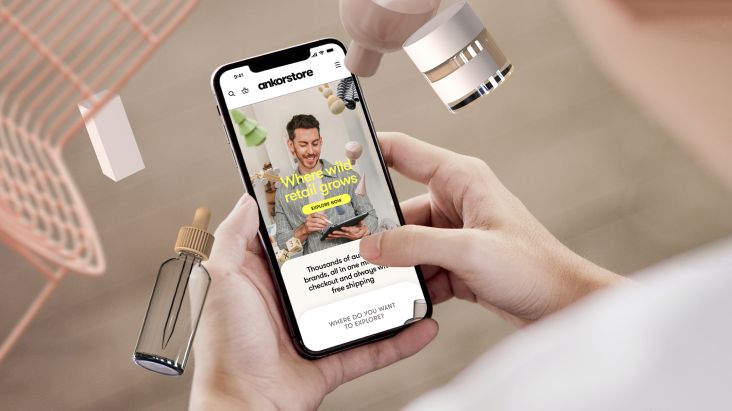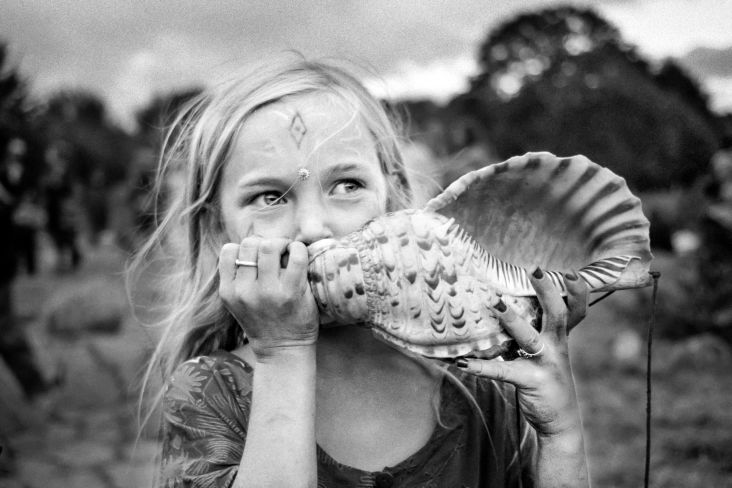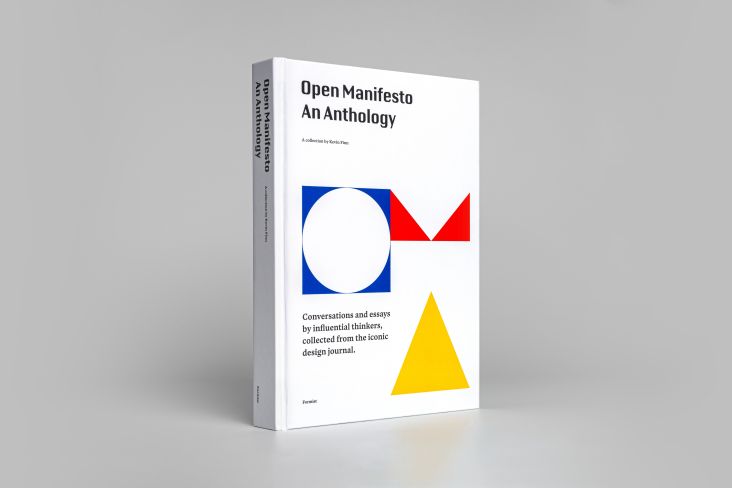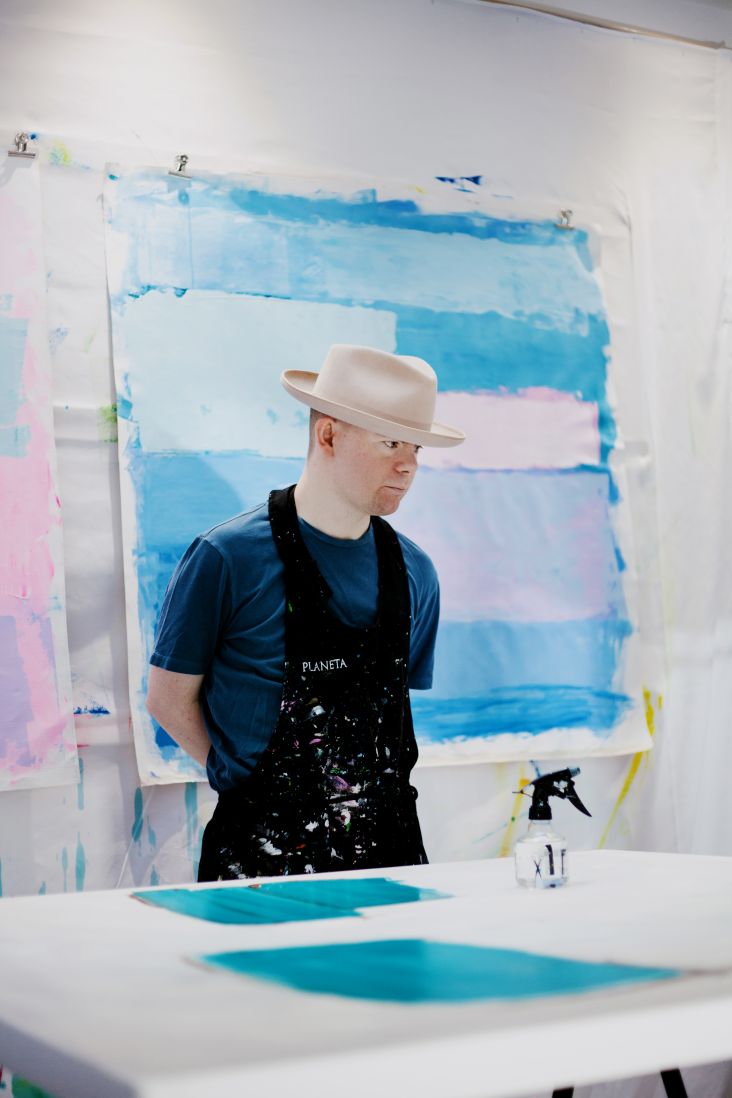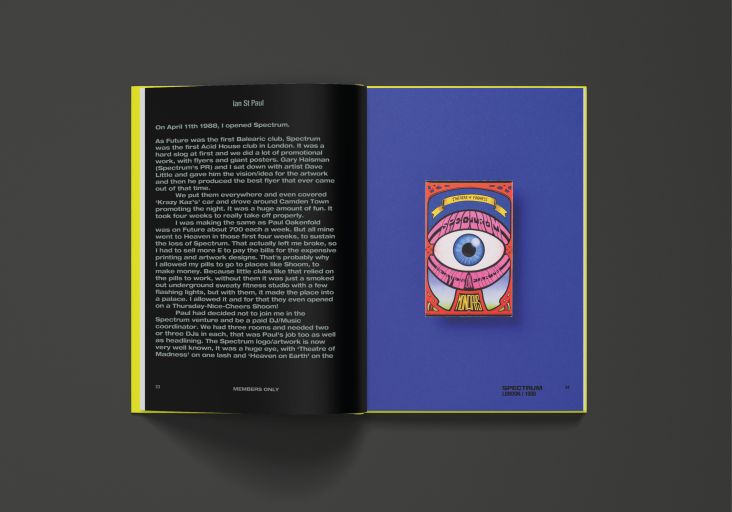Brent Watts on the five books that help him tell great stories through design
If you had to choose five books you love and explain why they're important to you, what would you choose? In our series, Five Books, we continue to ask some of the best talents in the creative industry to reveal what's on their bookshelf. This time, we chatted with Brent Watts of Utah-based design agency Struck.
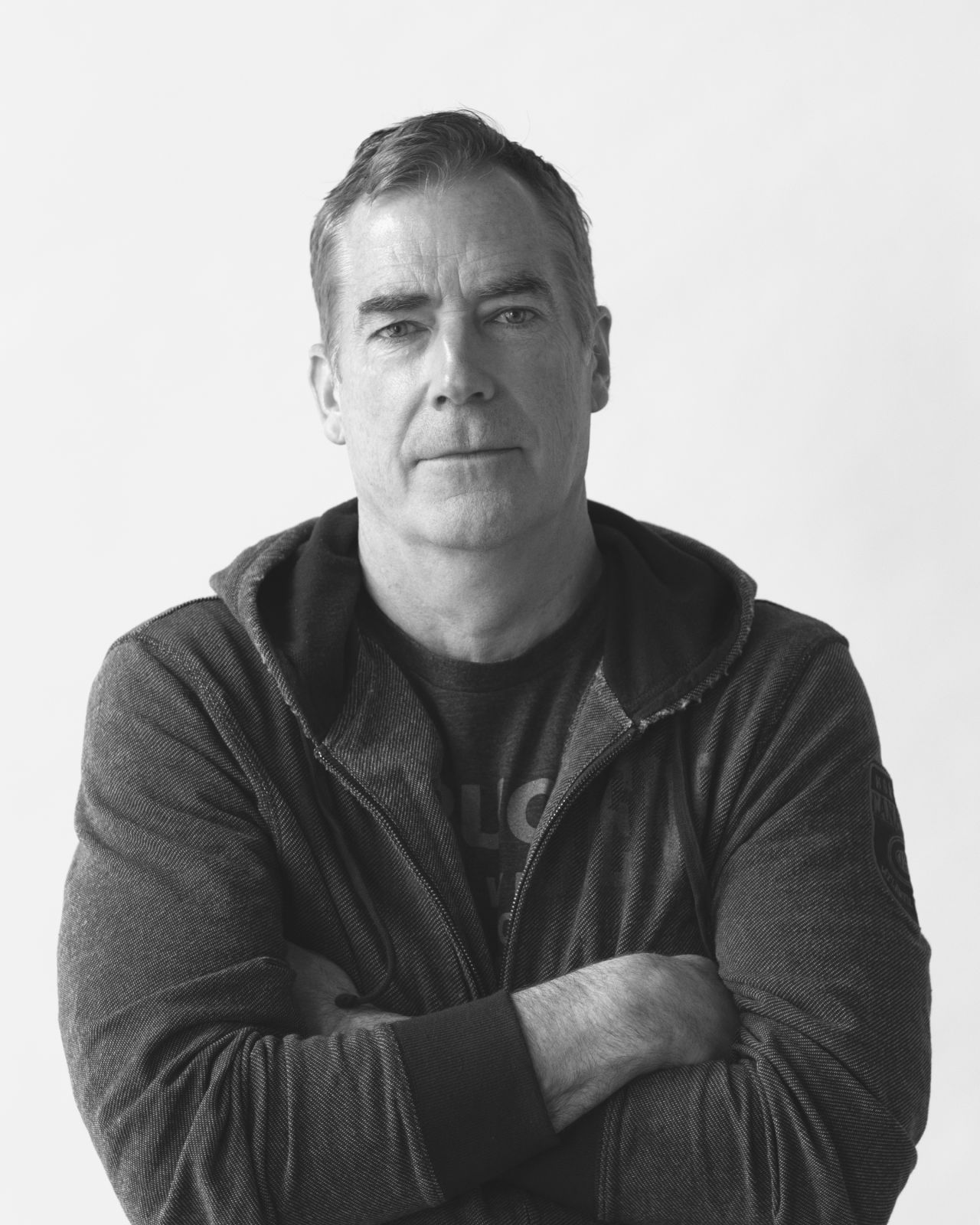
Brent Watts
As chief creative officer and partner of Struck, Brent Watts has been creating brand experiences and helping clients such as Mattel, DreamWorks and Disney for more than 25 years. In 1995, he founded Hollywood-based design agency Axiom and later merged with Struck in Utah to form the powerhouse marketing and experience design agency it is today.
Brent is fascinated by both nonfiction and fiction with libraries at his home and office. In college, he thought he wanted to be an architect but found his way to illustration, where his knack for visual storytelling began. Brent says, "to be a good designer, I have to help people tell a story". In his own words, Brent talks us through the five books that have shaped his life and career.
1. Circe by Madeline Miller
A book that is a beautifully written story of the Greek mythological sorceress Circe. What inspires me about this book is that the author has taken something old and repurposed it. The ability to visually paint and recontextualize stories - allows you to go to another world. Sit down and enjoy. In my work, it's imperative that I employ illustrative storytelling by breathing life into tired brands. The ability to take the foundation of a brand and build a new identity with those same roots is similar to this writer taking a classic story and breathing new life into it.
2. Leonardo da Vinci by Walter Isaacson
Walter Isaacson's research on da Vinci's work is extensive. Da Vinci's process was innate and inspiring and reminds me to stay curious and ask questions. Just look at the Mona Lisa, it took da Vinci 15 years to complete, and he toted the painting around, working on it when inspired to do so. For all of us in the creative environment, we could only dream of clients allowing 15 years of development, but if every project took that amount of time, we'd have no business.
3. Frankenstein by Mary Shelley
This is my favourite book! I've read it countless times and returned to it during the pandemic (in 2020, I read over 30 books). Mary Shelley was just eighteen years old when she wrote this powerful story about the human experience. Talk about lightning in a bottle. Frankenstein is a scary novel, not because of monsters and its dystopian take on a Promethean tale, but because of its honest account of loneliness.
Part of human existence is the desire to be loved. We've all felt a sense of loneliness in the Covid era. In my work, I think re-reading Frankenstein reminded me of the importance of human connection with teams and clients and the adjustments made to accommodate a sense of belonging – even if that meant seeing everyone in a box on Zoom.
4. On Color by David Scott Kastan and Stephen Farthing
Colour is an extremely powerful tool in design. This book takes a meticulous and scientific approach to colour theory, detailing its emotional properties. It helps me think about how to use colour for art direction. I believe that colour is also conditional. My emotions and reactions to colour will be different from every other person in a space, based on what each of us brings to the table. Colours can be divisive as well as unifying - think of sports teams and their fans and cultural movements with their flags and symbols.
And now for the most burning question: what's my favourite colour? I wear mostly black and grey, so I guess they are my favourites. Yours?
5. Feck Perfuction: Dangerous Ideas on the Business of Life by James Victor
This play-on-words titled book is the closest thing to a self-help book you'll find in my library. Perfection is a real challenge for the creative community; we are always levelling the balance between perfection and mediocrity. Creatives are hired because a client believes in what they can deliver. And while we have the credentials to call ourselves great designers, fear sets in, and our imposter syndrome is amplified - especially when chasing perfection.
I've often asked myself, "Is my work outstanding?". The projects you love the most are when clients trust you to iterate and collaborate. When you fall in love with your work, you're never going to push yourself any further to be better. Trusting yourself is different from listening to your ego; humility ensures that work can always be better. Creation is a process that is never finished.









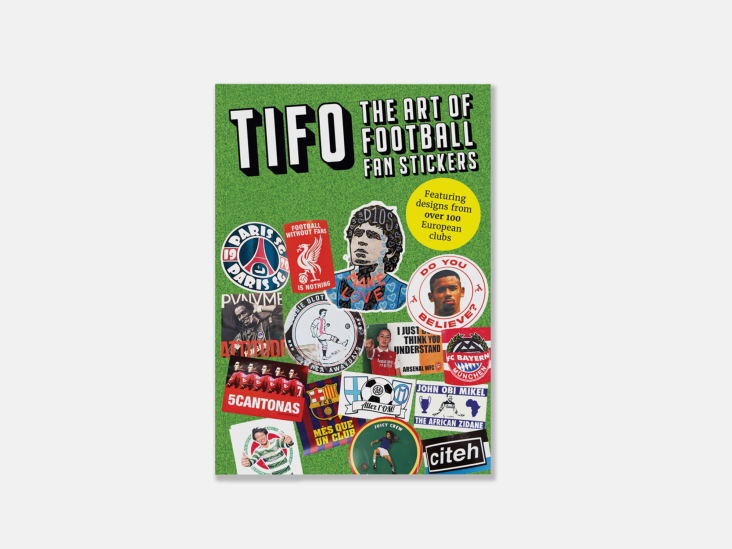




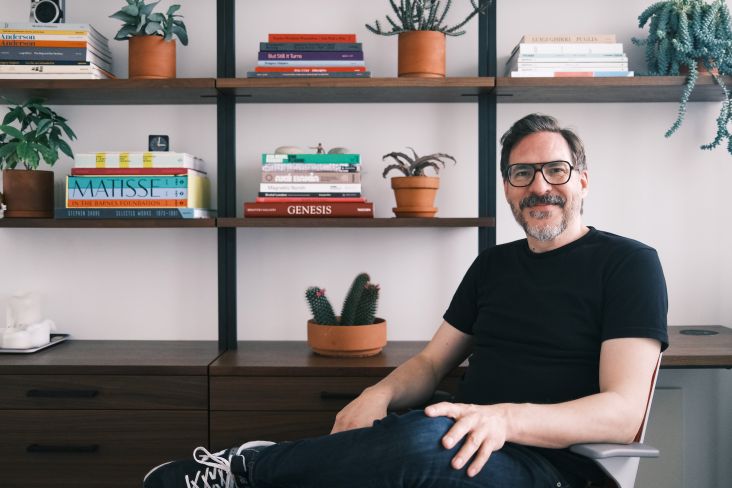
](https://www.creativeboom.com/upload/articles/73/73525133a665ac6ea2a38e7fc620047d0e715f23_732.jpg)

